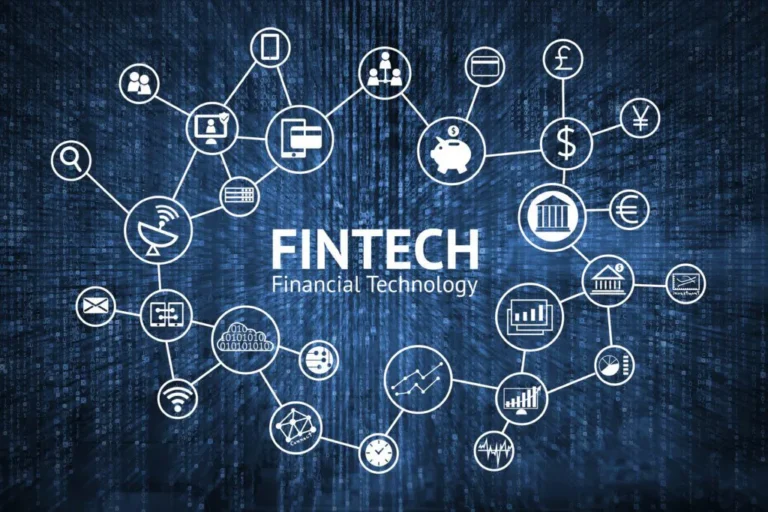Consumer lending has shifted from traditional bank-centric models to agile, digital-first platforms. Fintech lending leverages technologies like AI, blockchain, and cloud computing to streamline loan origination, risk assessment, and disbursement. Unlike conventional systems, fintech solutions prioritize speed, inclusivity, and personalized user experiences.
Key Differences: Fintech vs. Traditional Lending
| Aspect | Fintech Lending | Traditional Lending |
|---|---|---|
| Credit Assessment | Uses alternative data (e.g., transaction history) | Relies on credit scores and collateral |
| Approval Time | Minutes to hours | Days to weeks |
| User Experience | Mobile-first, intuitive interfaces | In-person interactions, paper-heavy processes |
| Regulatory Flexibility | Operates in evolving frameworks | Strict, established compliance standards |
Core Components of a Modern Consumer Lending System
1. Loan Origination & Application
- Digital Application Portals: Enable borrowers to submit details and upload documents via web/mobile apps, eliminating physical visits.
- Multi-Platform Accessibility: Ensure compatibility with iOS, Android, and web browsers for seamless access.
2. AI-Driven Credit Assessment
Fintech lenders analyze non-traditional data (e.g., utility payments, social media activity) alongside traditional metrics to evaluate creditworthiness. Machine learning models predict repayment behavior, reducing default risks.
3. Automated Underwriting & Decisioning
- Algorithms process applications in real-time, enabling instant approvals.
- Dynamic pricing adjusts interest rates based on risk profiles.
4. Loan Disbursement & Repayment
- Direct bank transfers via APIs ensure rapid fund disbursement.
- Flexible repayment options (e.g., auto-debit, UPI) enhance convenience.
5. Regulatory Compliance & Reporting
- Integrate KYC/AML checks and adhere to RBI’s CFSS guidelines.
- Generate audit trails and real-time reports for regulatory transparency.
Design Considerations for Scalable Lending Solutions
1. Prioritize Frictionless User Experience
- Minimalist Interfaces: Reduce form fields and enable pre-filled data using APIs (e.g., Aadhaar, bank account linking).
- Mobile Optimization: 67% of borrowers prefer applying via smartphones.
2. Ensure Robust Security Protocols
- Encrypt sensitive data (e.g., PAN, Aadhaar) and implement multi-factor authentication.
- Comply with ISO 27001 standards to prevent breaches.
3. Adopt Cloud-Native Architecture
- Cloud platforms like AWS or Azure offer scalability, uptime, and cost efficiency.
- Enable seamless integration with third-party tools (e.g., CRMs, credit bureaus).
4. Plan for Regulatory Agility
- Design modular systems to adapt to changing RBI guidelines (e.g., digital lending norms).
- Automate compliance workflows to reduce manual oversight.
5. Leverage Data Analytics
- Monitor KPIs like approval rates, default ratios, and customer lifetime value.
- Use dashboards to identify trends and optimize loan products.
Emerging Technologies Shaping Lending Platforms
1. Blockchain for Transparent Workflows
- Smart contracts automate loan agreements, reducing intermediaries and disputes.
- Immutable ledgers enhance trust between borrowers and investors.
2. AI-Powered Chatbots & Virtual Assistants
- Handle FAQs, document collection, and repayment reminders.
- Reduce operational costs by 30%.
3. Open Banking APIs
- Access real-time financial data for accurate credit assessments.
- Enable instant bank account verification and transaction analysis






An insightful exploration of how fintech is revolutionizing consumer lending—highlighting the shift from traditional models to AI-driven, inclusive, and efficient systems.